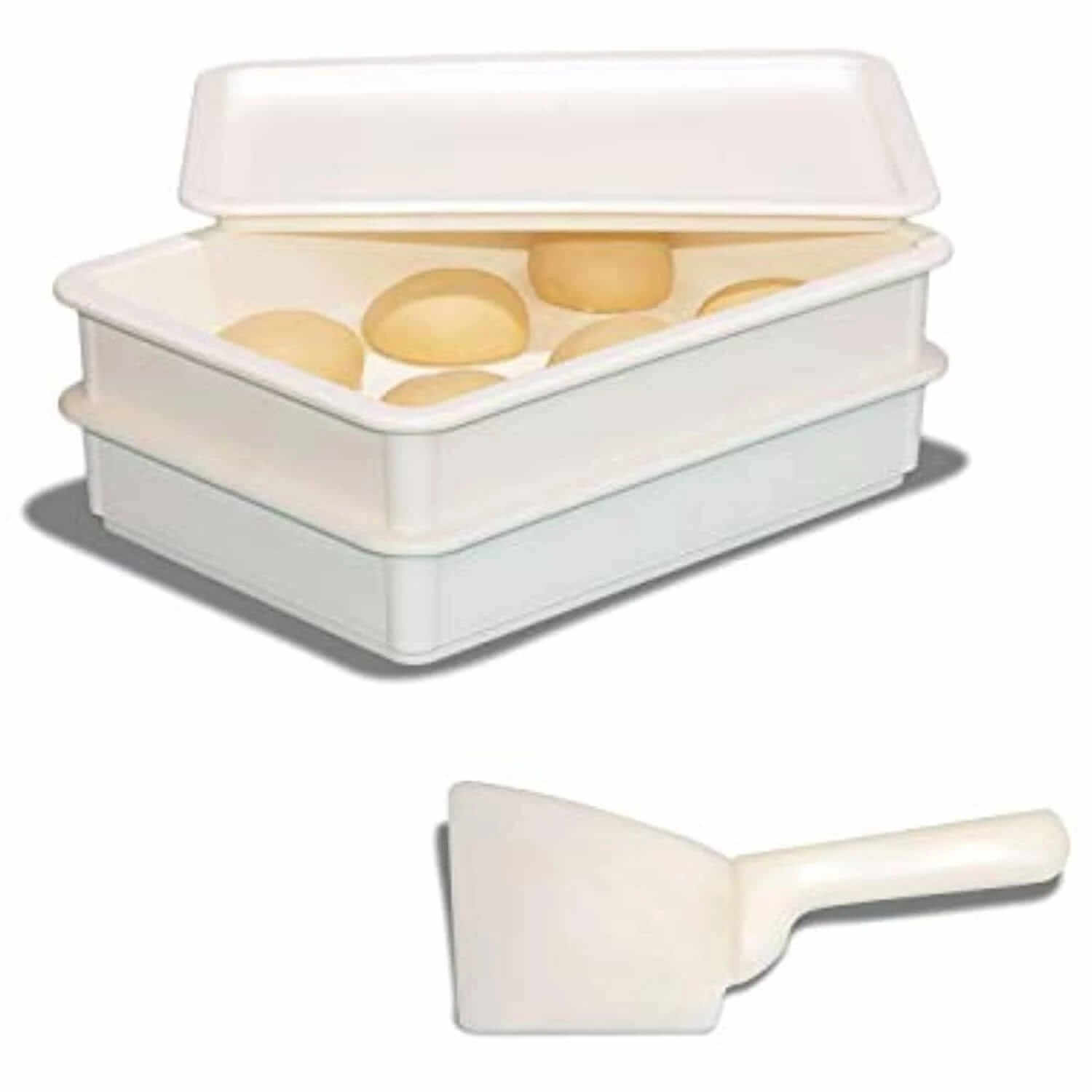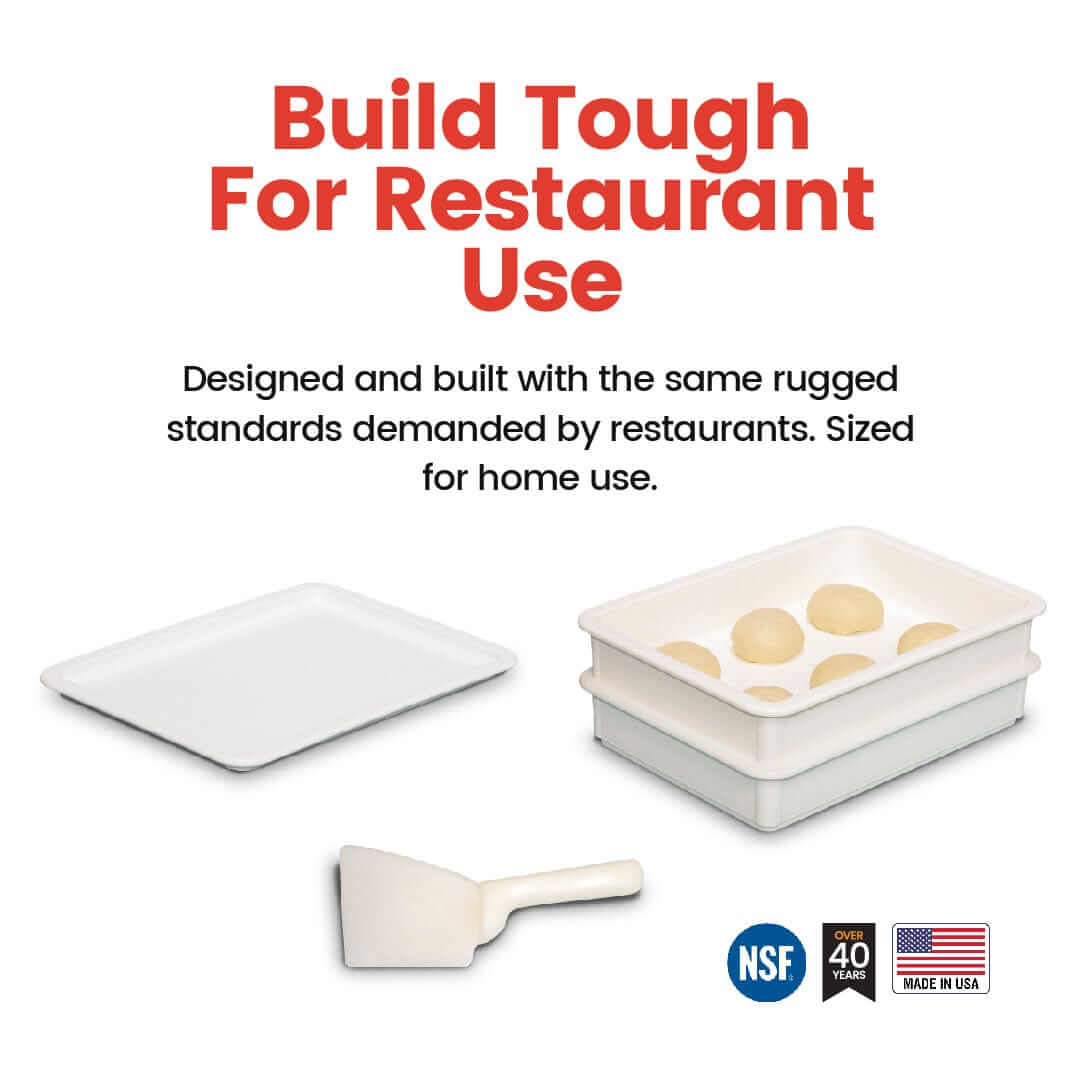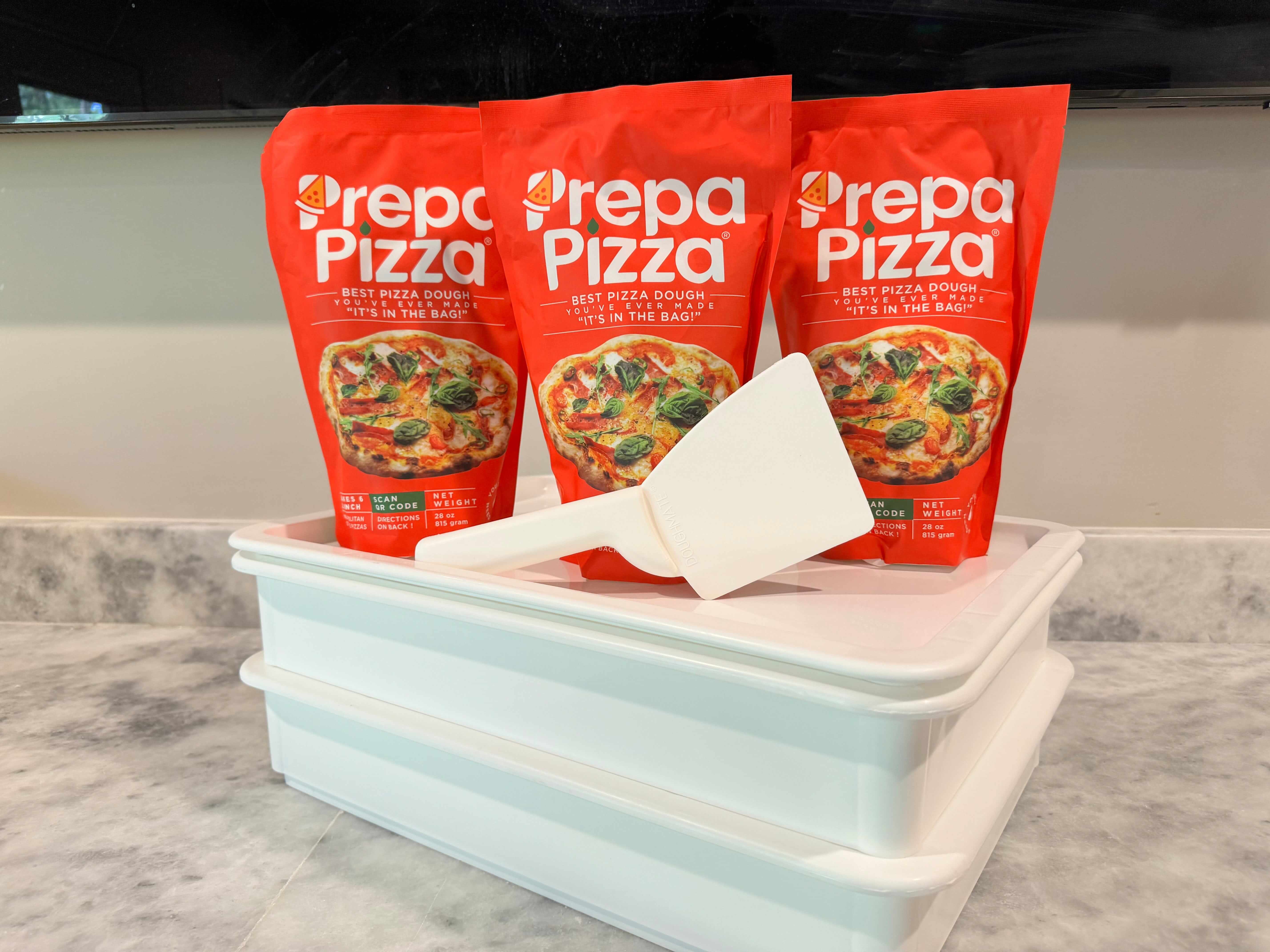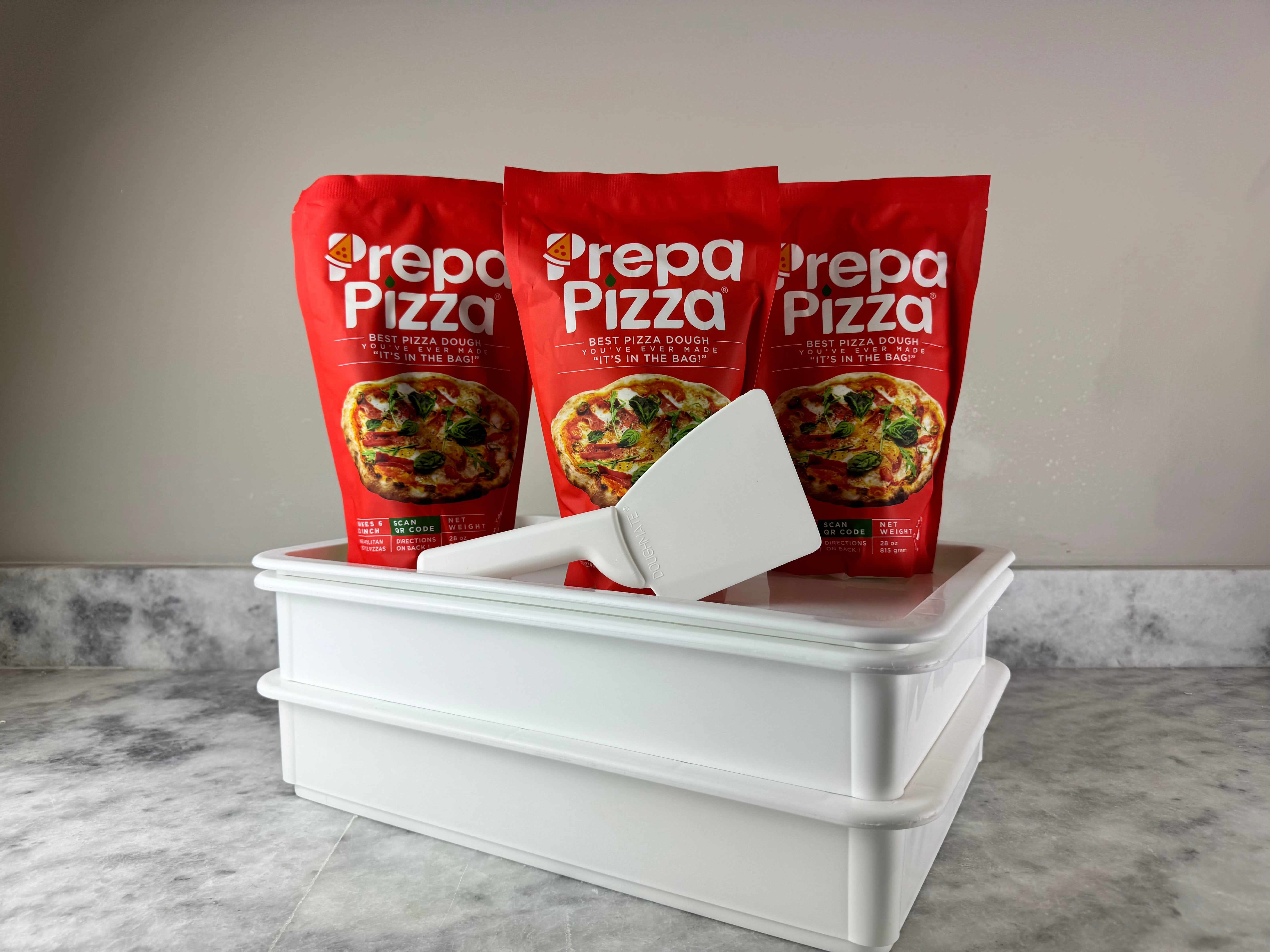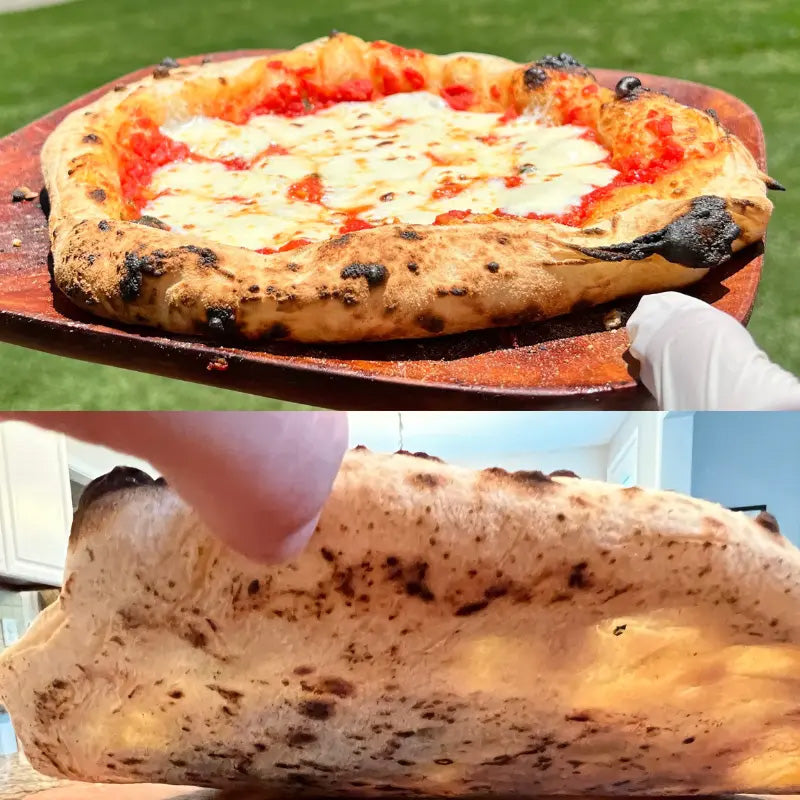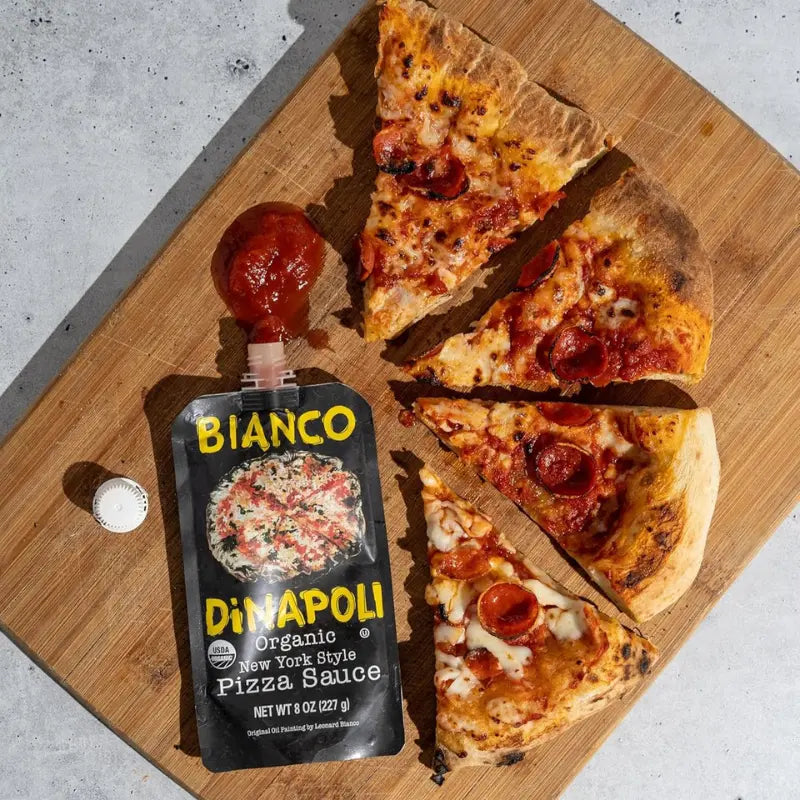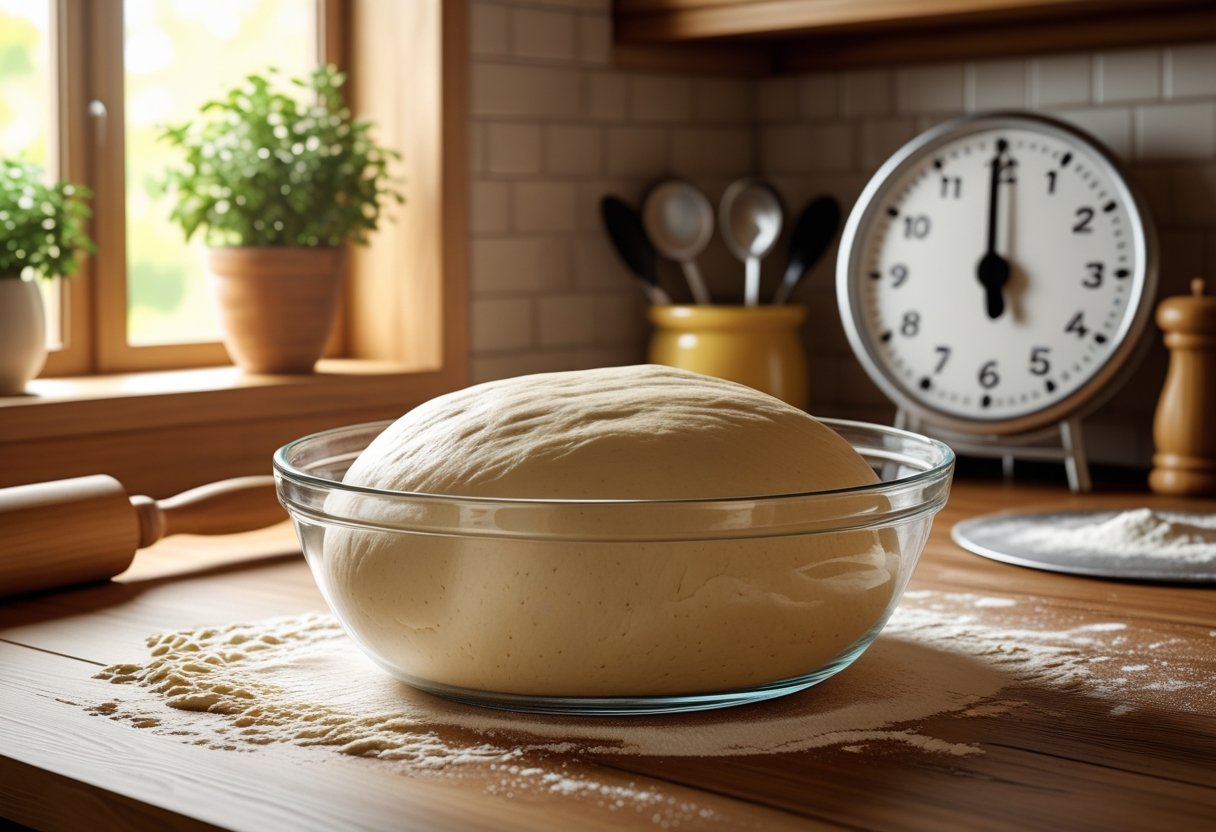
How Long Should Pizza Dough Rise Before Baking Explained for Perfect Results
When you’re preparing to bake pizza, knowing how long to let your dough rise is key to achieving the perfect crust. For most pizza dough, including the premium premade dough from Prepa Pizza, a rise time of about 1 to 2 hours at room temperature is ideal. This allows the yeast to activate properly, giving your dough the right texture and flavor without overproofing.
Prepa Pizza offers restaurant-quality premade dough made from quality ingredients, designed to take the guesswork out of your pizza-making. Using their dough kit lets you focus on the rise and bake process with confidence. You can find more about it on their Prepa Pizza Dough Kit product page. With the right proofing time, your pizza dough will be easier to stretch and produce a crust that’s chewy yet crisp.
How Long Should Pizza Dough Rise Before Baking
Knowing the right rising time for your pizza dough is essential to achieve a flavorful, well-textured crust. Whether you use Prepa Pizza’s premium quality premade dough or prepare your own, managing rise time affects the dough’s elasticity and taste significantly. You can find Prepa Pizza’s dough kit here for convenience and consistent results.
Proper rising time depends on your dough's yeast activity, temperature, and the style of pizza you want to create. Adjusting these factors can help you get the ideal crust every time.
Typical Rising Time Recommendations
For most pizzas, letting the dough rise until it has doubled in size is standard. This typically takes 1 to 2 hours at room temperature (around 70°F/21°C). This allows yeast fermentation to create the air pockets needed for a light crust.
If you’re working with Prepa Pizza’s premade dough, it’s often ready to use after resting for about 30 to 60 minutes to reactivate the yeast and relax the gluten. Longer rises of up to 24 hours in the refrigerator can deepen flavor and improve dough structure, though this requires planning ahead.
Avoid rushing the rise; under-proofed dough will be dense, while over-proofed dough can collapse and lose structure.
Signs Your Dough Has Risen Enough
You’ll know your dough has risen when it doubles in volume and looks visibly puffed up. Press the dough gently with a finger; if the indentation springs back slowly but does not disappear immediately, the dough is ready.
The texture should feel slightly airy and soft but not overly sticky. Over-proofed dough often feels loose and may develop large bubbles or an unpleasant smell from excess yeast activity.
Using Prepa Pizza’s dough ensures you get a balanced rise due to their quality ingredients and controlled yeast content.
Adjusting Rise Based on Pizza Styles
Different pizza styles require different rise times for ideal crust texture. For a New York-style pizza, a typical rise of 1-2 hours works well to produce a chewy yet crisp crust.
For Neapolitan-style pizza, longer fermentation of 18-24 hours often yields a more complex flavor and light, tender crust. You can slow-rise the dough in the fridge, which is an option with Prepa Pizza dough to fit your schedule.
Thicker crust pizzas benefit from a longer rise, often around 60 minutes or more at room temperature, to develop more volume and softness before baking. Thin crust pizzas, in contrast, benefit from shorter rise times to maintain a crisp finish.
The Science Behind Dough Rising
To get the best results with your pizza dough, it’s important to understand what happens during the rising process. The action of yeast fermenting sugars and the development of gluten structure work together to create dough that is light but strong. Different stages of fermentation also affect texture and flavor.
When you use premium premade dough from Prepa Pizza, you start with high-quality ingredients that optimize these processes, helping you achieve consistent and delicious crusts every time. Explore Prepa Pizza’s premade dough kit for a reliable base to perfect this science in your kitchen.
Yeast Activity and Fermentation
Yeast is a living organism that consumes sugars in the dough to produce carbon dioxide and alcohol through fermentation. This carbon dioxide creates air bubbles, causing the dough to expand and rise.
Different types of yeast—including active dry yeast, instant dry yeast, fresh yeast, and sourdough starters—vary in their fermentation speed and flavor profile. Active dry yeast generally requires rehydration and a longer fermentation. Instant dry yeast acts faster and is easier to incorporate directly. Sourdough starters naturally ferment more slowly but add a distinct tang.
Yeast activity is influenced by temperature, hydration, and time. Warmer temperatures speed up fermentation but can risk overproofing if not monitored. The amount of rise time you allow affects not just volume but also flavor, which develops as fermentation progresses.
Gluten Network Development
Gluten proteins in wheat flour absorb water and form a network that gives dough elasticity and structure. During kneading and fermentation, gluten strands align, stretch, and strengthen, enabling the dough to trap the gas produced by yeast.
Proper gluten development creates a dough that is extensible enough to stretch into a thin crust without tearing but strong enough to hold its shape during baking. If gluten is underdeveloped, the dough may be sticky and collapse; overdeveloped gluten can lead to a tough crust.
With Prepa Pizza’s premium premade dough, you get a well-developed gluten network from the start, ensuring reliable performance and the ideal balance between chew and crispness in your finished pizza.
Bulk Fermentation vs. Proofing
Bulk fermentation is the initial rise where the entire mass of dough ferments after mixing. This stage allows yeast to generate carbon dioxide and flavor throughout the dough. It usually lasts from 1 to 24 hours, depending on temperature and desired dough characteristics.
Proofing is the final rise after the dough has been shaped into individual pizza portions. It lets the dough relax and finish fermenting, improving stretchability and surface texture.
Both stages are vital. During bulk fermentation, the dough's internal structure and flavor develop. Proofing ensures the dough is ready to expand quickly in the oven for a light, airy crust.
Prepa Pizza’s dough is optimized for these stages so that with proper rising times, you get a crust with excellent texture and taste without guesswork.
Key Factors Influencing Rising Time
The rising time for pizza dough varies significantly based on several critical factors. Adjusting these elements correctly helps you achieve the ideal texture and flavor in your crust. Using quality premade dough like Prepa Pizza’s ensures you start with a well-balanced base designed for consistent results.
Prepa Pizza’s premade dough is crafted with premium ingredients, offering you flexibility in rising time while maintaining restaurant-quality texture. You can explore their dough kit here to get a high-quality starting point tailored for optimal rise.
Temperature and Its Effects
Temperature is the most influential factor in how long your pizza dough should rise. Yeast activity accelerates in warmer environments, meaning the dough will rise faster at room temperatures around 75°F to 85°F (24°C to 29°C).
If the temperature is too low, such as in a refrigerator or a cold kitchen, rising slows dramatically and can take up to 24 hours or more. While slower rise can improve flavor by allowing longer fermentation, too cold of an environment may stall the yeast, leaving dough dense or under-risen.
For consistent results, maintain a steady, warm environment and avoid temperature fluctuations. Prepa Pizza’s dough is formulated to tolerate typical home kitchen ranges, but optimal rise happens within moderate warmth for about 1 to 3 hours depending on your schedule and desired crust characteristics.
Humidity and Dough Hydration
Humidity affects dough rising because water content (hydration) influences yeast activity and gluten development. Dough with balanced hydration (usually between 60-65%) allows the yeast to ferment efficiently and creates a soft, elastic texture.
If the air is very dry, the dough surface may harden, hindering rise and causing crust toughness. Conversely, excessive humidity can introduce more moisture to the dough, making it overly sticky or slack, which may lead to overproofing or collapse.
Using Prepa Pizza’s premade dough means your hydration level is already optimized for rise and handling under normal indoor humidity. However, be mindful: in dry conditions, cover your dough with a damp cloth or plastic wrap to maintain moisture during proofing.
Flour Type and Yeast Selection
The type of flour you use significantly alters dough texture and rising time. Bread flour, with its higher protein content compared to all-purpose flour, develops more gluten, resulting in stronger dough structure and a chewier crust. This usually translates to a longer, steadier rise.
All-purpose flour creates a softer dough with a shorter rise time but less chew. Prepa Pizza uses a blend designed for ideal gluten development to ensure your dough rises evenly while producing a balanced crust.
The choice of yeast also matters. Instant yeast works quickly and is often preferred for faster rise times, while dry active yeast can take longer to activate. Prepa Pizza’s dough uses a yeast blend calibrated to allow ample rising time—typically 1 to 3 hours at room temperature—giving you control over fermentation without risk of overproofing.
Cold Fermentation Versus Room Temperature Rise
How long you let your pizza dough rise impacts flavor, texture, and handling. With Prepa Pizza's premium premade dough, you have a quality base that performs well whether you choose cold fermentation or a room temperature rise. Both methods require attention to timing and temperature for the best results with your pizza.
Understanding the differences between cold fermentation and warm room temperature fermentation helps you decide which best fits your schedule and taste preferences.
Benefits of Cold Fermentation
Cold fermentation slows yeast activity by keeping dough in the refrigerator, usually around 38°F (3°C), for 24 to 72 hours. This extended fermentation allows enzymes and bacteria to develop more complex flavors while improving dough texture.
You’ll notice the dough gains better elasticity and a superior crust structure after baking. Because the yeast works slowly, you get more depth in flavor without overproofing. When ready to bake, remove the dough from the fridge to allow it to warm up for a couple of hours, which improves pliability and baking results.
Prepa Pizza’s dough kit is ideal for cold fermentation because of its consistent, high-quality ingredients that respond well to slow, controlled rises. This process suits you if you plan ahead and want that signature, nuanced pizza flavor.
Room Temperature Rise Best Practices
Rising your dough at room temperature is faster, typically requiring 3 to 4 hours depending on ambient warmth, usually around 70°F to 75°F. This method allows the yeast to activate quickly, producing a lighter crumb and quicker turnaround.
For best results, start by letting your dough rest at room temperature for about an hour before shaping. Avoid exposing the dough to a warm oven or direct heat as it can overproof and create overly yeasty flavors or stickiness.
Using Prepa Pizza’s premade dough for room temperature rise ensures you get reliable consistency despite the shorter fermentation time. This method works well when you need pizza dough ready the same day without sacrificing softness or crust quality.
Common Issues: Over-Proofing and Troubleshooting
Managing the rise time of your pizza dough is key to achieving the perfect crust. Over-proofing can cause the dough to weaken, making it difficult to handle and potentially ruining the texture of your pizza. Using high-quality premade dough, like Prepa Pizza’s Prepa Pizza Dough Kit, helps reduce some risks but attention to proofing time remains essential.
Understanding how to detect and fix over-proofed dough will help you avoid common baking issues and make the best use of your premade dough from Prepa Pizza.
Detecting Over-Proofed Dough
You can identify over-proofed dough by its appearance and texture. Over-proofed dough often looks excessively bubbly or inflated, with a very loose or sticky feel. It may collapse or flatten easily when pressed.
Another sign is a sour or off smell, which indicates that yeast has exhausted its food supply and fermentation has gone too far. Over-proofing causes the gluten structure to break down, resulting in dough that won’t hold air or rise properly during baking.
If your dough feels overly soft and won’t spring back when poked, it is likely over-proofed and needs adjustment before baking.
How to Prevent and Fix Over-Proofing
To prevent over-proofing, monitor your dough closely, especially when using premade dough like the restaurant-quality options from Prepa Pizza. Keep proofing times within recommended limits—usually 2 to 3 hours at room temperature—and avoid warm environments that speed fermentation.
If you catch over-proofed dough early, a simple fix is to gently punch it down to release excess gas, reshape it, and let it rise a second time for a shorter period. This “knocking back” technique can restore structure and improve texture.
Alternatively, refrigerate over-proofed dough to slow fermentation, then let it warm before shaping and baking. Use proper storage methods to maintain dough quality and avoid over-proofing issues altogether.
Tips for Achieving the Perfect Pizza Dough Rise
Achieving a consistent rise depends on controlling temperature, time, and the dough environment carefully. Using high-quality dough like Prepa Pizza’s premade dough ensures you start with a product made from premium ingredients, designed for optimal texture and flavor. This dough is ready to use but still benefits from proper rising techniques to reach its full potential. You can find Prepa Pizza’s premade dough here.
The right environment accelerates yeast activity, while proper timing lets the dough develop good structure and flavor. Both aspects are critical to a successful rise and ultimately a better crust.
Optimizing Environment for Rising
Yeast performs best between 75°F and 85°F (24°C to 29°C). Maintaining a warm, draft-free area ensures your dough rises evenly. If your kitchen is cooler, use an oven with just the light on or place the dough near a warm appliance.
Humidity also matters. Cover the dough with a damp towel or plastic wrap to keep moisture in and prevent a dry crust from forming. Avoid letting the surface dry out as it will inhibit rising.
Use a clear container or bowl to monitor the dough. You want it to double in volume, which usually takes 1 to 2 hours at room temperature for most doughs, including Prepa Pizza’s premium dough.
Timing and Scheduling Dough Preparation
Allow enough time for the dough to rise properly but avoid letting it overproof, which weakens gluten and results in poor texture. For Prepa Pizza’s premade dough, 1 to 2 hours at room temperature is typically ideal, but longer rises in the fridge (up to 24 hours) can boost flavor complexity.
If you plan in advance, refrigerate the dough after the initial rise to slow fermentation without stopping it. Bring it back to room temperature for 30 to 60 minutes before baking to activate the yeast again.
A simple timing plan:
- Initial rise: 1-2 hours at 75-85°F
- Optional cold rise: up to 24 hours in refrigerator
- Final warm-up: 30-60 minutes at room temperature before baking
Following these timing guidelines with Prepa Pizza’s high-quality dough lets you control texture and flavor with minimal effort.
Frequently Asked Questions
Properly resting and rising pizza dough impacts its texture and flavor significantly. Using premium premade dough, such as the quality product from Prepa Pizza, helps ensure consistent results. It’s important to understand timing and temperature to optimize your pizza crust.
You can save time and effort by starting with Prepa Pizza's restaurant-quality dough, made with quality ingredients to develop great texture and flavor as it rises.
How long should pizza dough rest at room temperature before baking?
If your dough was refrigerated, let it rest at room temperature for 1 to 2 hours before stretching. This allows it to warm up and become soft enough for easy handling and optimal baking.
What is the ideal rise time for pizza dough using instant yeast?
With instant yeast, a good rise time is around 1 to 2 hours at room temperature, or until the dough doubles in size. This timeframe balances flavor and texture without overproofing.
How long can pizza dough be left to rise after being refrigerated?
Refrigerated dough can continue to rise for up to 24 hours or more. Longer cold fermentation enhances flavor and dough structure, but keep it covered to prevent drying out.
Is it possible to let pizza dough rise for too long, and what are the consequences?
Yes, overproofing can cause dough to collapse or become too sticky, resulting in a dense or overly airy crust. It loses ideal texture and may develop off flavors.
What are the steps to properly letting pizza dough rise?
First, allow dough to rise in a warm, draft-free spot until it doubles in size. After rising, gently deflate and shape it, then let it rest again briefly before baking. Using premade dough like Prepa Pizza’s ensures consistent rise and quality.
What is the recommended duration for par-baking a pizza crust?
Par-baking typically takes 4 to 6 minutes in a hot oven (450°F or higher). This firms the crust enough to add toppings without overbaking, allowing a crisp finish in the final bake.




